Maintenance of Prehospital Anaesthesia in Trauma Patients: Variability in Practice
St. Emlyn
JANUARY 13, 2025
St.Emlyn's - Emergency Medicine #FOAMed Explore the variability in maintaining prehospital anaesthesia for trauma patients in this comprehensive summary of a multinational survey. With insights into drug protocols, administration methods, and governance, the article highlights challenges and opportunities for standardisation in prehospital care.
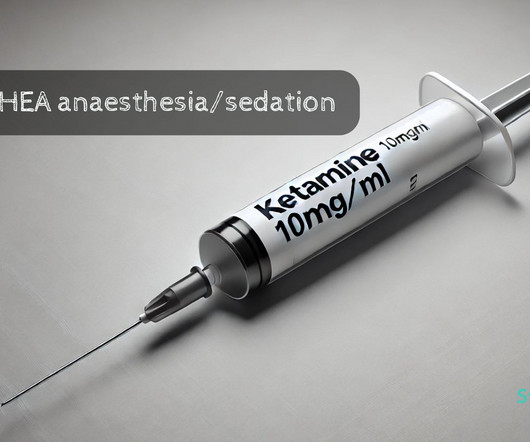
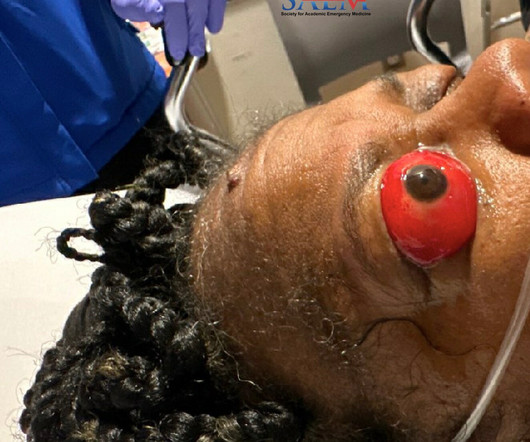
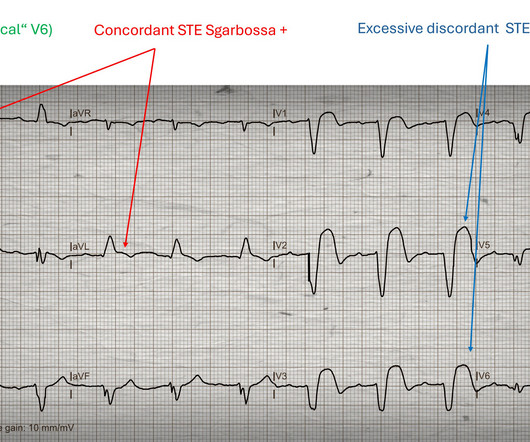
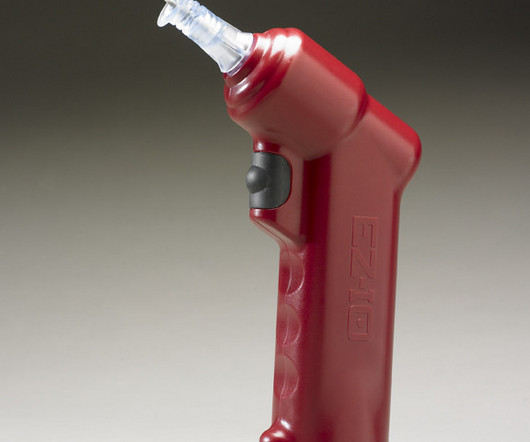

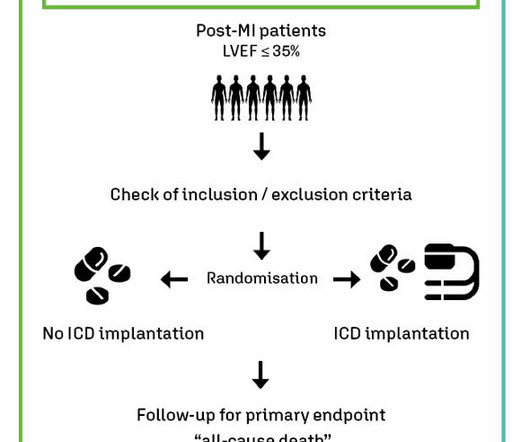
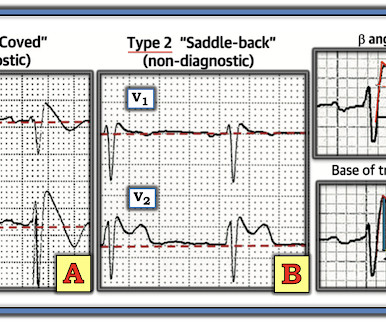
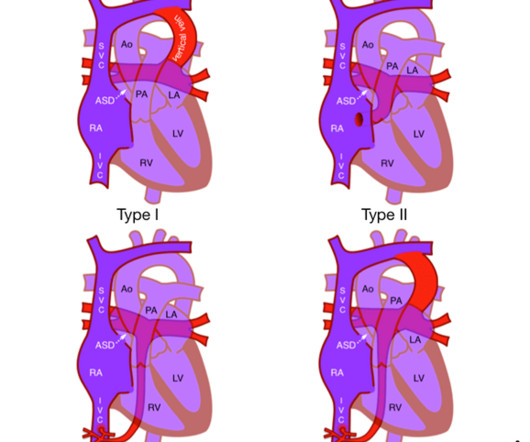
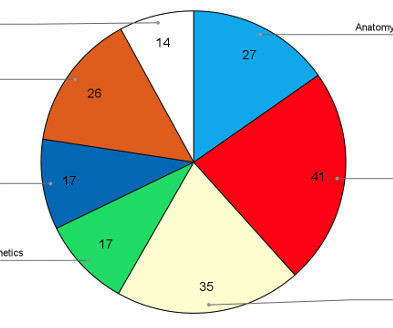

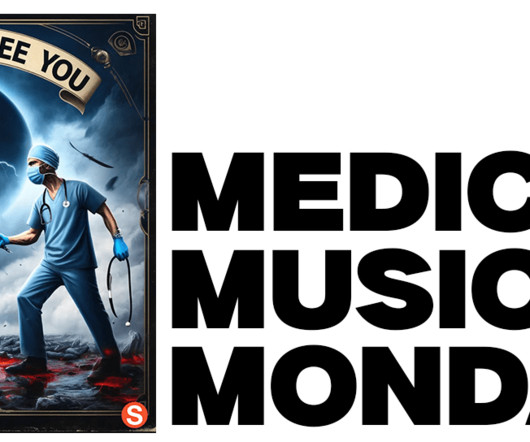






Let's personalize your content